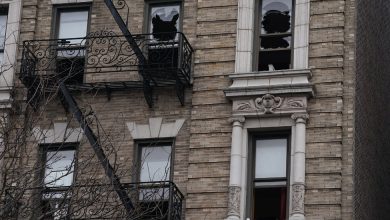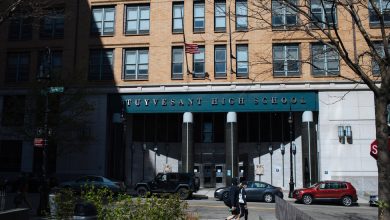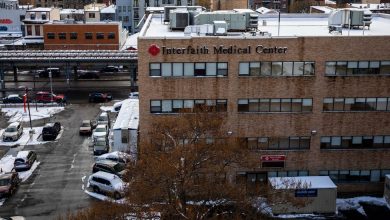New York City Aims to Build Affordable Housing in Wealthier Neighborhoods

New York City officials on Tuesday will put forward a plan to direct public money toward mixed-income housing projects in wealthier neighborhoods — a proposal aimed at addressing the lack of affordable housing and spurring development after a lucrative property tax exemption lapsed last year.
Currently, the Department of Housing Preservation and Development uses city money to subsidize developments containing only affordable homes. But under the new plan, officials would make money available to projects that have a combination of affordable and market-rate homes.
The hope is that the income from high-rent, market-rate apartments would supplement the city financing and allow for a lighter public investment while producing more low-cost units than usual. Those units would also be in neighborhoods where affordable homes have traditionally not been built.
“It allows us to stretch our public resources,” Maria Torres-Springer, deputy mayor for housing, economic development and work force, said in an interview.
The proposal is an acknowledgment from the city that its traditional affordable housing tools have hit a wall.
A contentious New York State tax exemption known as 421a, introduced in 1971 but increasingly relied on by developers in nearly every big residential project in recent decades, expired last spring amid pushback from progressive lawmakers, who criticized it as a giveaway for the real estate industry. Even the industry’s lobbying group, the Real Estate Board of New York, conceded that the program no longer matched the city’s housing needs, but it is uncertain if or when a replacement program will be passed.
A separate federal program driven by tax-exempt bonds has been stretched to its limit, city officials said.
The new plan is essentially an end run around these constraints. The agency, which could implement the proposal without additional legislation, will first seek input from developers through February to see where and how it might be deployed. Jolie Milstein, the president and chief executive of the New York State Association for Affordable Housing, called it an “innovative technique” that allowed the city to “build more affordable units in high-opportunity neighborhoods.”
The proposal is one of several ways local officials are responding to a deepening housing crisis.
For decades, not enough homes have been built in New York City to accommodate everyone who wants to live there. As in other cities and states, the shortage has driven up housing costs and helped increase homelessness.
But while states like California and Massachusetts have spent years addressing the housing shortage, lawmakers in New York State have lagged behind.
That has shifted the focus to New York City. The Adams administration is pushing zoning changes that could encourage construction in many neighborhoods, but the changes require approval from City Council. City officials are also trying to help people build basement homes and garage apartments.
Under the plan announced today, developers would apply directly to the city for the subsidies. City officials would evaluate projects based on how many units they create and how affordable those apartments are.
At least 70 percent of the apartments built under the plan should be “affordable,” though housing advocates have long criticized how that is computed. To be considered affordable, the units would be restricted to certain income levels — for a family of four today, for example, the highest income allowed for these units would be almost $170,000.
At least 15 percent of the apartments must be available for formerly homeless people. At least 7.5 percent more must be affordable to people with limited incomes — no more than $70,600 for a family of four, for example.
Projects could also receive tax exemptions, which would have to be approved by City Council.
It’s far from clear how well the new plan would address the housing shortage.
The idea of subsidizing developments that include market-rate units may also prove contentious, with many in the progressive wing of the Democratic Party questioning how much public investment private developers should receive.





